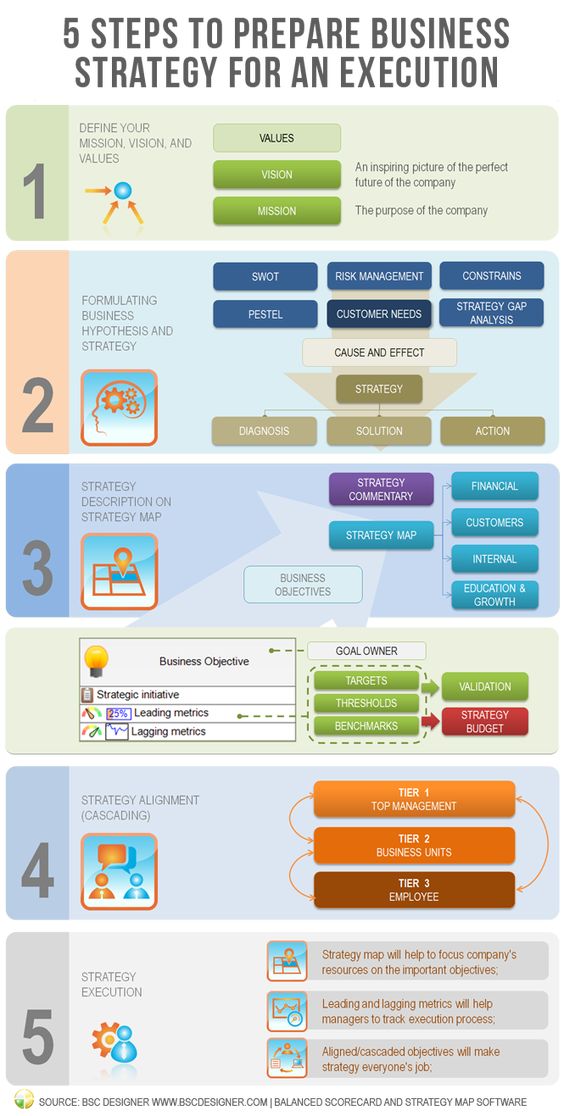Planning a large project can be overwhelming, but taking the time to properly break down the project into smaller, manageable pieces will make the process much easier. Follow these steps to get started on planning your large project.
1. Define the Project’s Goals and Objectives
Before beginning any project, it’s important to have a clear understanding of the goals you want to achieve and the objectives that will help you get there. Create a list of your project goals and objectives, and be sure to prioritize them.
2. Identify the Stakeholders
Stakeholders are individuals or groups that have an interest in the project and can impact its success. Identify all the stakeholders involved and make sure to understand their needs and requirements.
3. Develop a Project Scope
Developing a project scope will help you define the project’s boundaries and ensure that it stays on track. This includes outlining the project’s purpose, deliverables, constraints, and resources, as well as any risks associated with the project.
4. Create a Project Schedule
Creating a project schedule will help you keep track of deadlines and ensure that the project stays on schedule. List out key milestones and tasks, and assign deadlines and responsibilities to team members.
5. Determine Resource Requirements
Determine the resources required to complete the project, including personnel, equipment, and budget. This will help you allocate resources effectively and ensure that the project stays within budget.
6. Conduct Risk Management
Identify any potential risks associated with the project and develop a plan to mitigate them. This will help you ensure that the project stays on course in the event of unexpected issues.
7. Develop a Communication Plan
Develop a communication plan to keep stakeholders informed and involved throughout the project. This includes determining who needs to be informed, what information they need, and how often they need to be updated.
8. Monitor and Evaluate Progress
Monitor the progress of the project and evaluate its success against the original goals and objectives. This will help you identify any areas that need improvement and make adjustments as necessary.
By breaking down a large project into these manageable steps, you can ensure that the project stays on track and is completed successfully.
You might find these FREE courses useful
- Project Planning
- Project Planning and Execution
- Project Planning and Machine Learning
- Top Project Management: Life Cycle And Project
- Project Management: Life cycle and project planning
- Fundamentals of Project Planning and Management
- Project Planning: Putting It All Together
- Initiating and Planning Projects
